Have you ever found yourself with a thirsty koala in your backyard, or perhaps had an apparently abandoned baby bird catch your attention below a big tree? Would you know what to do when you spot a native animal in need of a helping hand?
If the answer is no, read on for our comprehensive guide on caring for Australia's native wildlife.
How to help koalas
The Australian summer months can be a stressful and dangerous time for the furriest members of our wildlife club. With loss of habitat, lack of water, vehicle-related accidents and garden pesticides wreaking havoc on their precious lives, koalas can often find themselves in serious trouble.
A tell-tale sign of a sick or injured koala is finding them on the ground. This is a distress signal as koala's generally spend their time sleeping in the safety of the tree tops.
If you see a koala on the ground, please don't pat it or get too close. Try placing a container of water nearby, lock up your dogs and cats and call Fauna Rescue SA - because it's possible the koala may be injured or sick, and need further assistance.
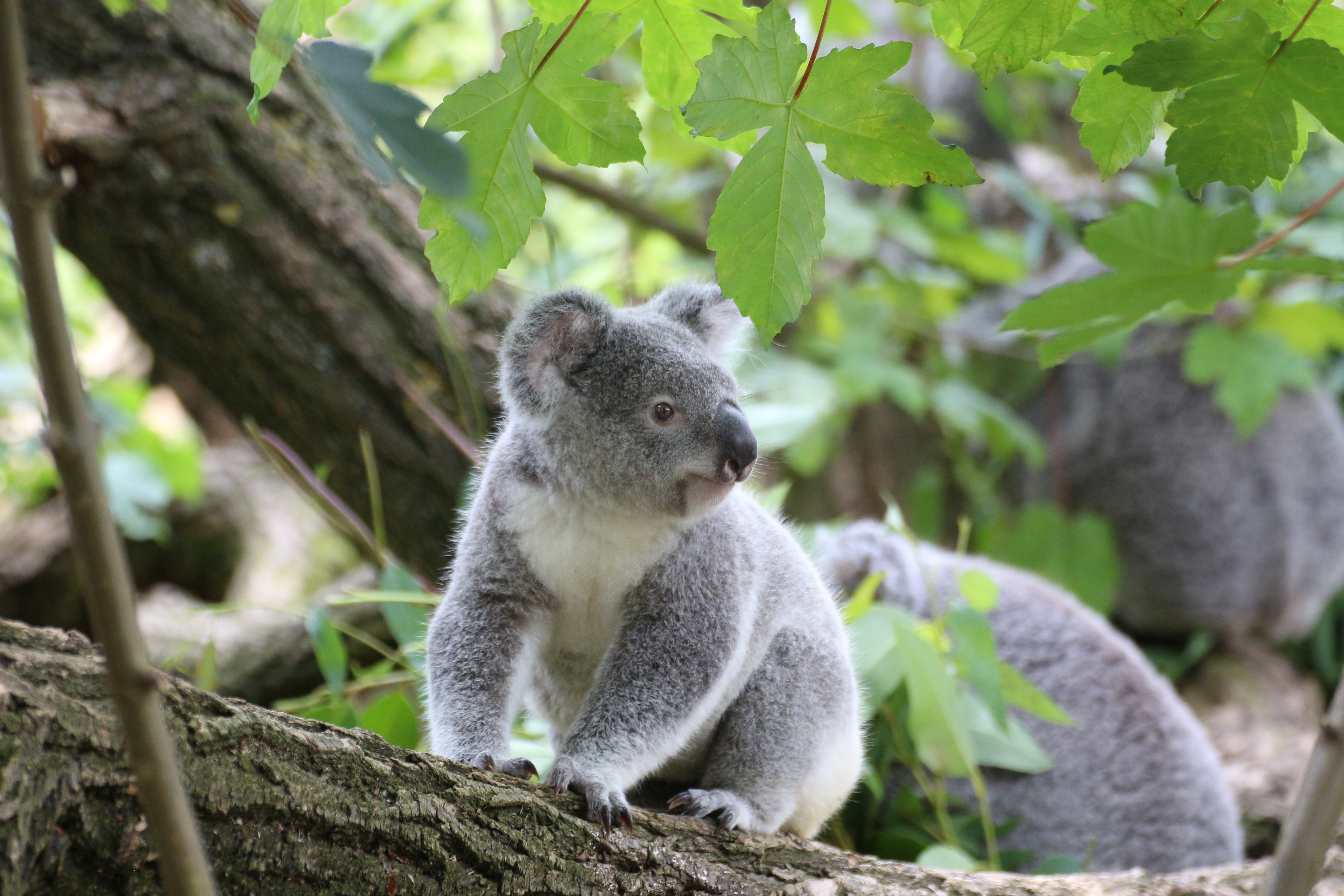
If you see a koala on the ground, please don't pat it or get too close. Try placing a container of water nearby, lock up your dogs and cats and call Fauna Rescue Koala Hotline on 1300 562 527 or Southern Koala Rescue on 0435 056 252- because it's possible the koala may be injured or sick, and need further assistance.
Another great way you can help koalas thrive is by planting trees.
But don't plant any old tree. Koalas only eat certain types of eucalypt, so touch base with your local nursery for the full lowdown before planting. This kind of direct action is especially important as koala habitat is increasingly lost to suburbia. Along with land clearing, increased urbanisation has also left koalas vulnerable to road accidents and dog attacks.
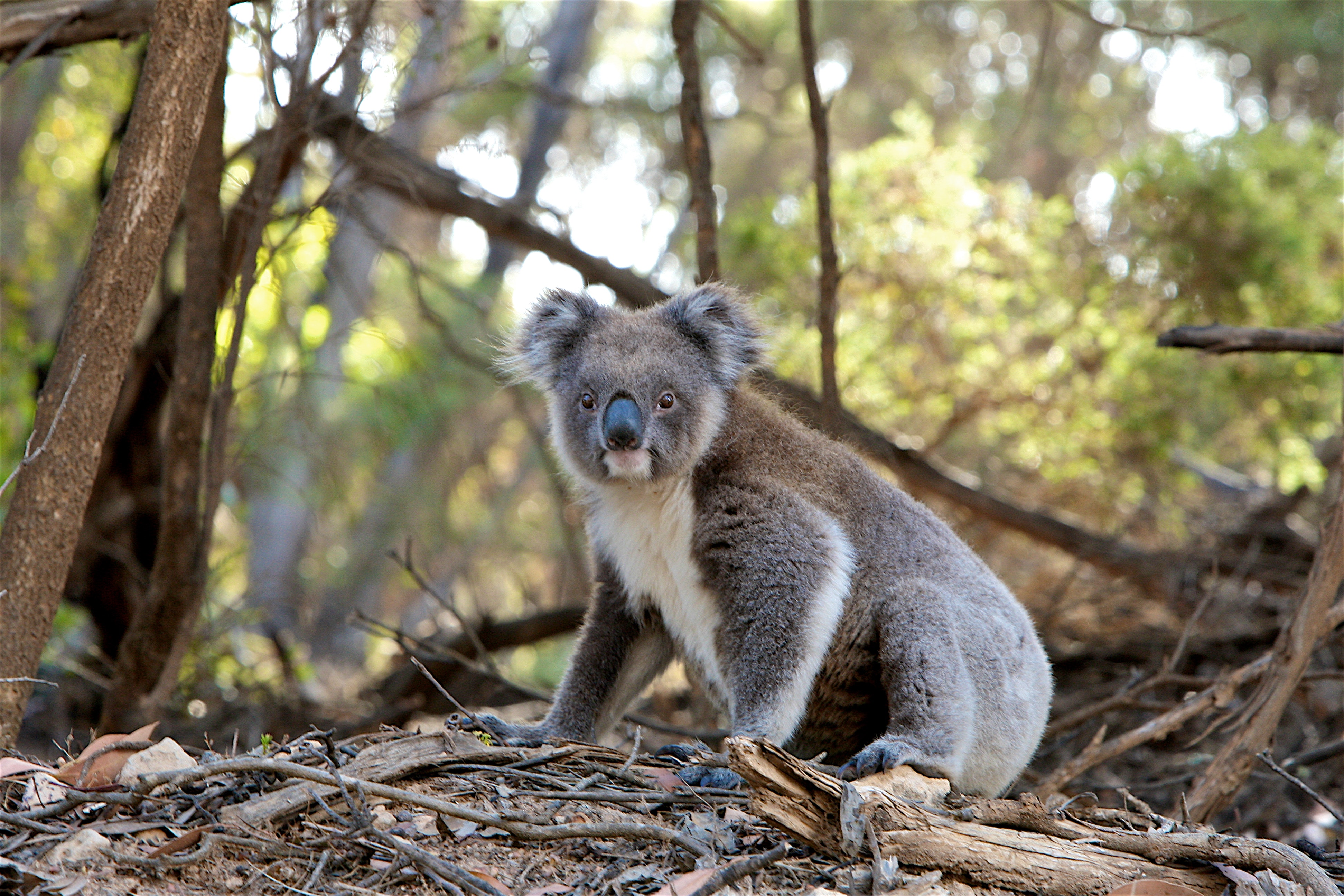
Being wary of pesticides is also imperative. If you live in an area with eucalypts, dense bush and lots of trees, its likely koalas live nearby. Koala's can soak up the poisons we spray in our yards through their pads and of course, through their diet - so give chemicals a miss!
Koalas get their water from dew, condensation and through the dietary intake, but this is often insufficient. An easy way to identify a thirsty koala is if they are crawling on the ground. This is a distress signal as koala's generally spend their time sleeping in the safety of the tree tops.
If you see a koala on the ground, please don't pat it or get too close. Try placing a container of water nearby, lock up your dogs and cats and call Fauna Rescue SA - because it's possible the koala may be injured or sick, and need further assistance.
How to help birds - including baby birds
The best way to nurture and help Australia's native bird life is by leaving them as undisturbed as possible.
RSPCA South Australia Rescue Officer Soraya advises "leaving water out in the warm months of the year is literally a life saver for native birds".
"Be sure to leave a stick in the container of water as to reduce the chance of drowning for smaller animals".
Small animals or birds can fall victim to predators such as cats and dogs. It's important that if you suspect or see wounds on these animals that you seek immediate vert treatment.
"Bacteria from the mouths of predators can cause quick death for birds, no matter how small the wound appears, seek vet treatment immediately." Explains Soraya.
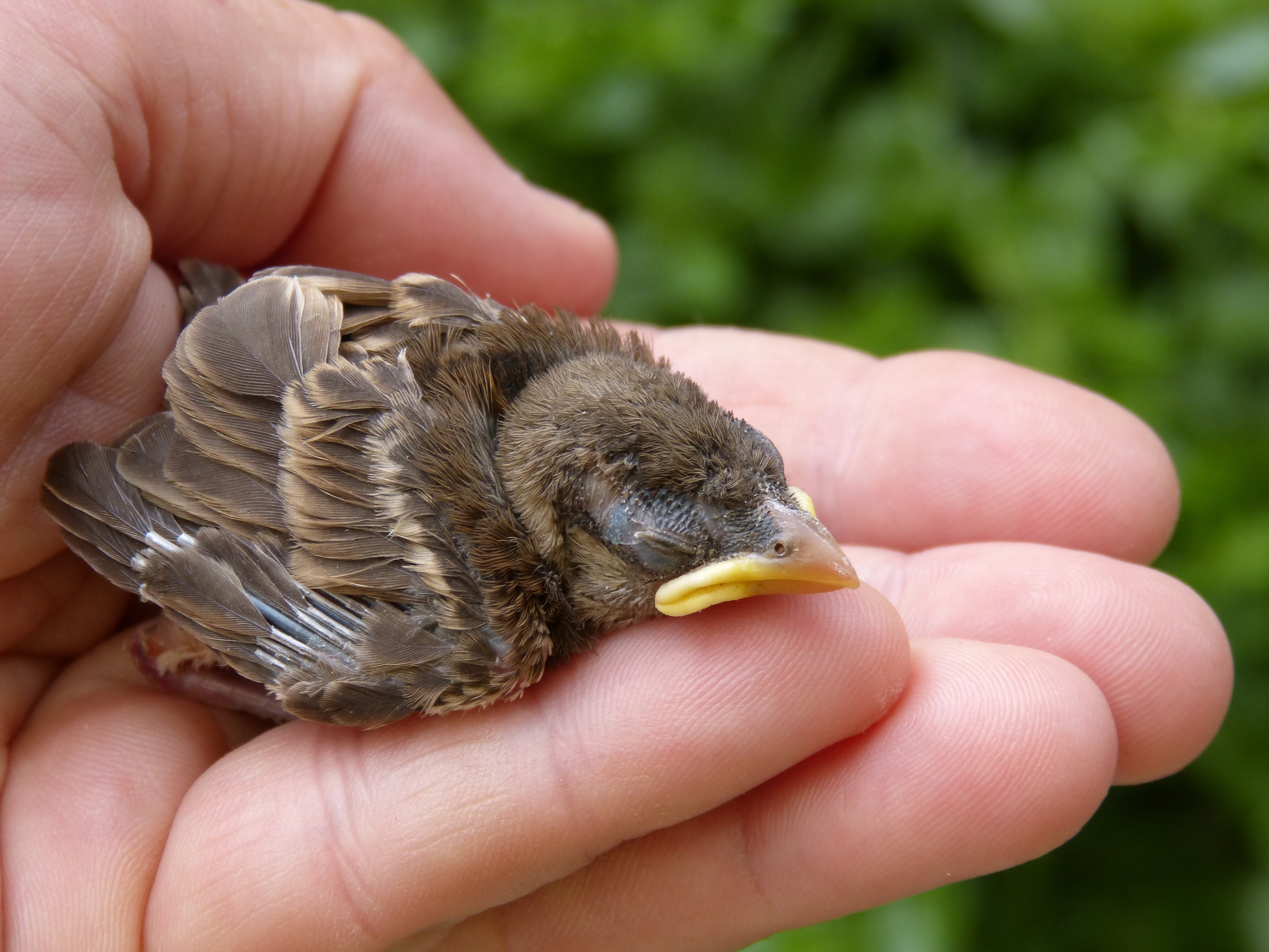
This is particularly important for baby birds. If you find a small, uninjured baby bird on the ground after a big storm or strong winds, it is important to remember that moving them may just separate them from their family and decrease their chance of survival.
Identifying the bird is important in recognising whether you should step in or not. Call Fauna Rescue or RSPCA Rescue Officers with a description and they will be able to help you in deciding whether to intervene or not.
Ask yourself, does the bird have feathers? Or fluffy down?
If the bird has feathers it is likely a fledging. Fledglings are often baby birds learning how to fly and some easy clues to remember in identifying fledglings are if they are bright, alert and fluttering their wings.
If the baby bird has fluffy down it could be a nestling and will need to go into care immediately.
Fledglings can be re-nested; placed back into a nearby tree in a new nest or dwelling. There, they'll have the best chance of survival, as their parents can feed and care for them in their new nest.
You can help create a make-shift nest for them with an ice-cream container with drainage holes, leaf litter bottom and a stick placed inside to help the bird get in and out.
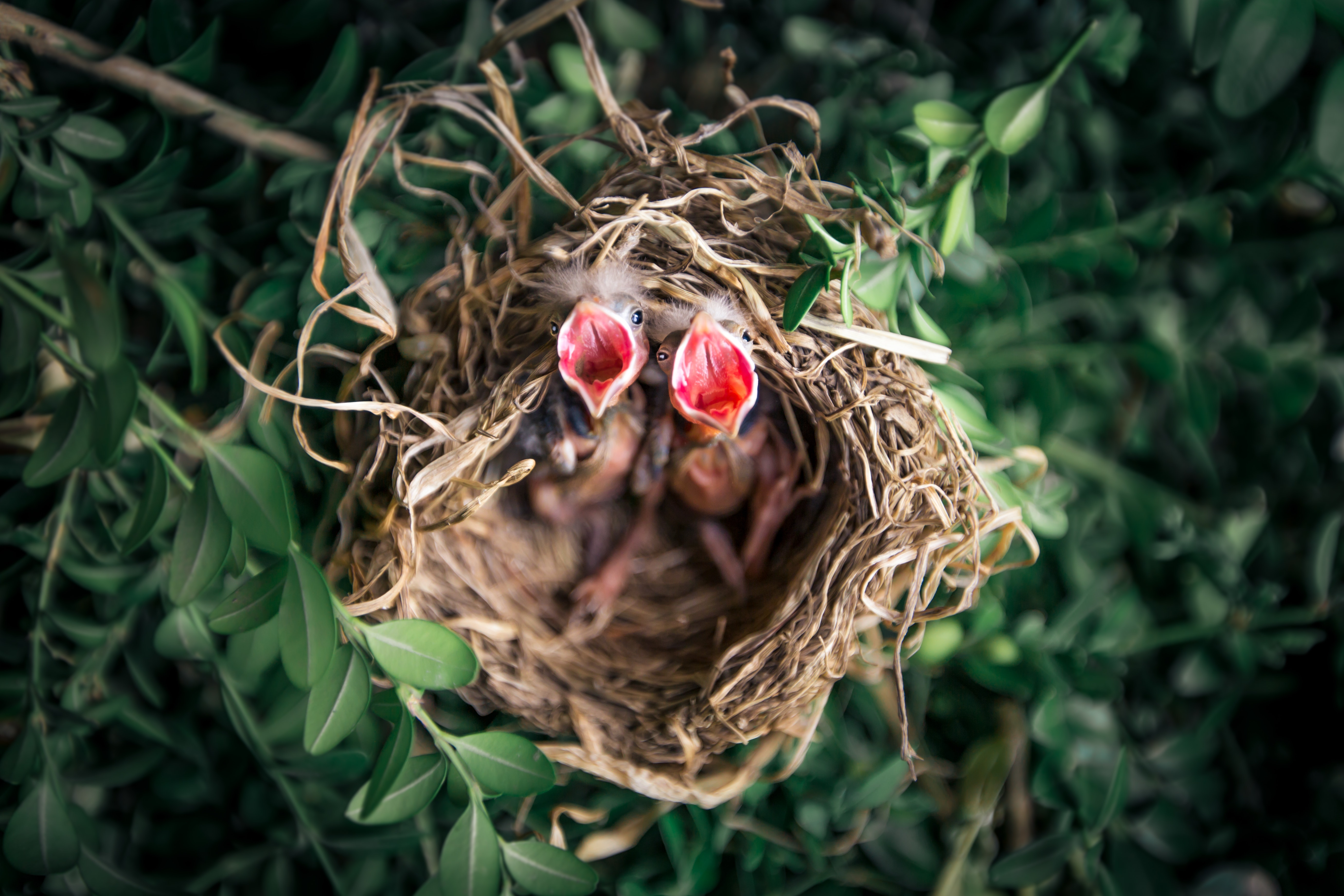
Parrots, lorikeets, kookaburras and kingfishers raise their young in tree hollows and closed nests, so re-nesting may be difficult. Finding a temporarily safe place, ensuring it is out of the elements and calling Fauna Rescue SA is the best way of giving these birds another chance at life.
If your cat has attacked a native bird and you are unsure if the bird is injured, it's important to take action. Ensure the bird is out of harm's way by placing it in a suitable-sized, well ventilated cardboard box, lined with a towel and kept in a quiet, warm place until you can get veterinary help.
Fast-flying Aussie birds can often fly into the windows, causing themselves serious harm. If you see this occur, check the bird for any signs of injury - if the bird has hurt itself, get it to a veterinarian or wildlife hospital as soon as you can.
If the bird seems dazed but largely unhurt, it may be suffering a concussion. Place the bird in a towel-lined box and keep it in a quiet safe spot for a few hours. This can give the bird a chance to snooze safely and collect their thoughts before being released.
It's important to monitor the birds progress, but if after a few hours you see little improvement - head to the closest wildlife hospital or call Fauna Rescue or RSPCA Rescue Officers.
Entanglements are also common occurrences for birds and occur all year round.
"If you find a Flying Fox or Micro Bat do not touch! Call a vaccinated bat career immediately", Rescue Officer Soraya warns.
Mary Crichton at Adelaide Bat Care or Fauna Rescue are the people to call.
How to help kangaroos
Remaining vigilant is so important when it comes to caring for our beloved roos. Whether it be driving through country roads or keeping an eye out for malnourished or starving kangaroos, there are simple ways to help.
If you come across a dead kangaroo on the side of the road, its always an idea to stop, just ensure you aren't putting yourself in danger on the road. If you need to, calling the police for traffic control to prevent any harm coming to you.
Once you have established your own safety, check whether it's alive or not and have a peep at the roo's pouch. Finding perfectly healthy joeys in their dead mothers' pouch is not uncommon and by taking simple steps, you might just save a precious little life.
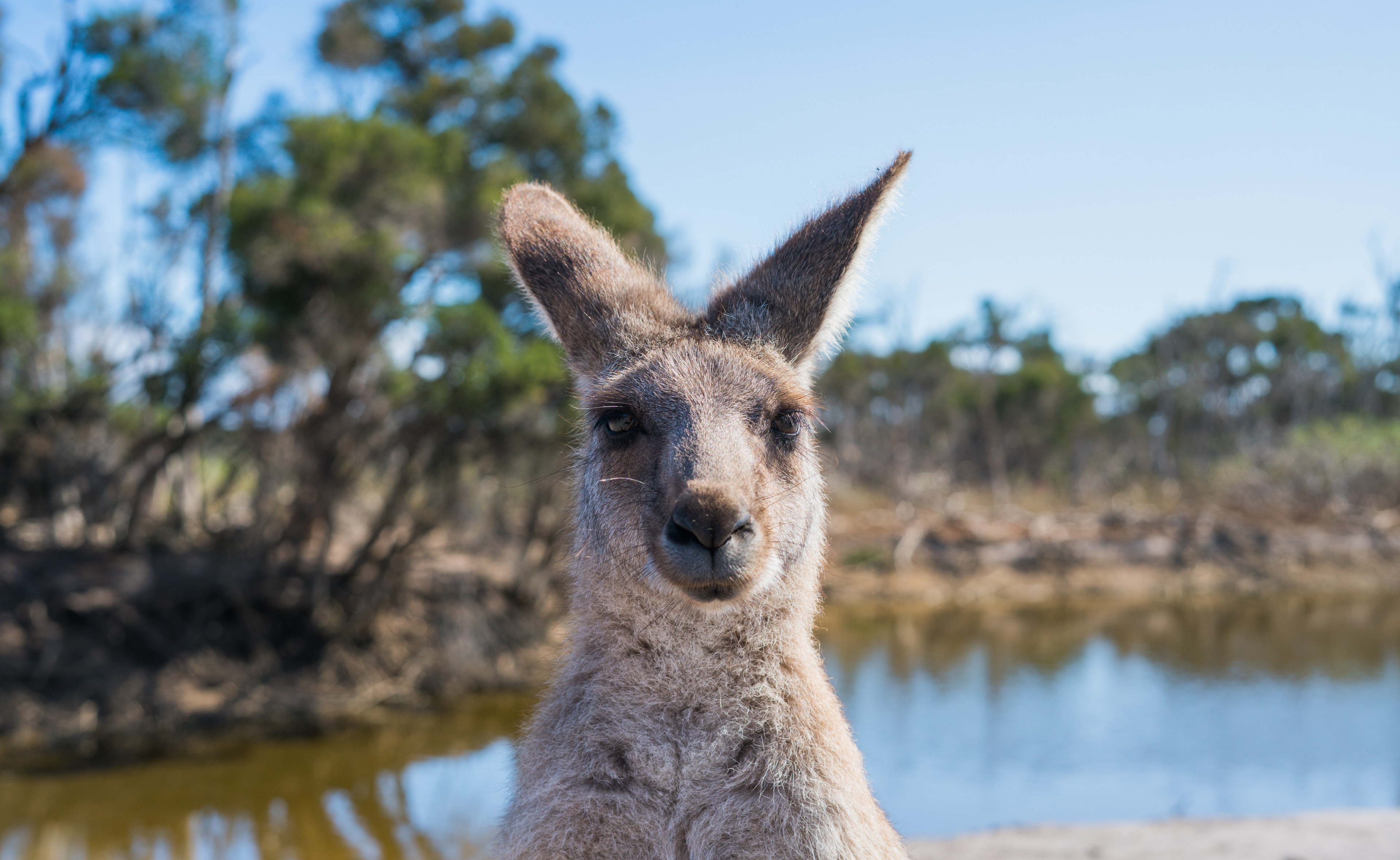
If you stumble across an injured or displaced kangaroo it is essential that you avoid approaching the animal. This can cause more distress to the animal, which often results in erratic behaviour and further injury. Call Fauna Rescue SA, while keeping an eye on where and what the kangaroo is doing.
It's very common for kangaroos to become entangled in fences and wire. It is likely the animal will be distressed and even injured from thrashing, so keep to reduce stress and call an experienced wildlife rescuer. It is often necessary for the animal to be sedated to be removed safely.
Keeping children and pets away from these Australian wildlife gems is the most important thing to remember. Minimising injury to the injured animal and your own is easily managed.
How to help possums
As a nocturnal creature, it is highly unusual to find a possum during daylight hours unless it is injured, sick or displaced. If you do come across one, calling Fauna Rescue or RSPCA Rescue Officers is the thing to do.
In the winter months, our favourite tree dwelling fur buddies can seek out warmth and shelter in unusual spots. It isn't uncommon to find to find possums nestled in car engines, under wheels or in your garden shed.
Rescue Officer Soraya recommends "checking around your car and its engine for possums and even cats or kittens."
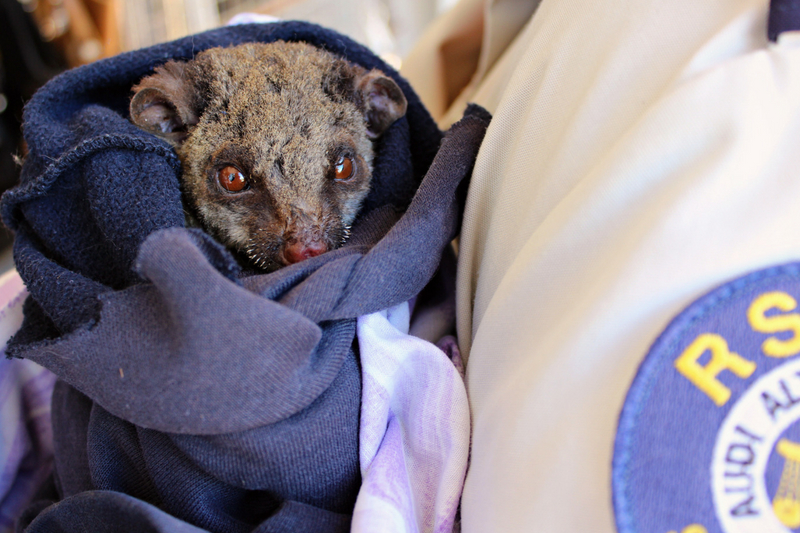
If you find possum faeces around your car or shed, if might be an indicator of a little critter looking for a nice spot to hide.
The best thing to do if do you locate a possum seeking refuge in an unusual spot and if you are comfortable doing so, is to "scoop them up with a pair of thick gardening gloves or a blanket and transport them to your local vet."
If you can't transport them yourself, call Fauna Rescue or RSPCA Rescue Officers.
Baby possums and their adult counterparts can often be found on the ground after big storms, having fallen great heights from big trees. If the possum is injured, an infant or you are not able to pick it up yourself, call Fauna Rescue or RSPCA Rescue Officers.
How to help lizards
You will commonly sight lizards, especially Blue Tongues in Spring as they emerge from their Winter hide-outs to find mates. Active during the day, it makes them easy to spot for both us and their predators.
Dogs and cats can often attack lizards, resulting in injury to both your pet and the lizard. The best way to help prevent this is to place logs and rocks for them to hide and dwell in, as well as leaf-litter in your garden beds to provide protection.
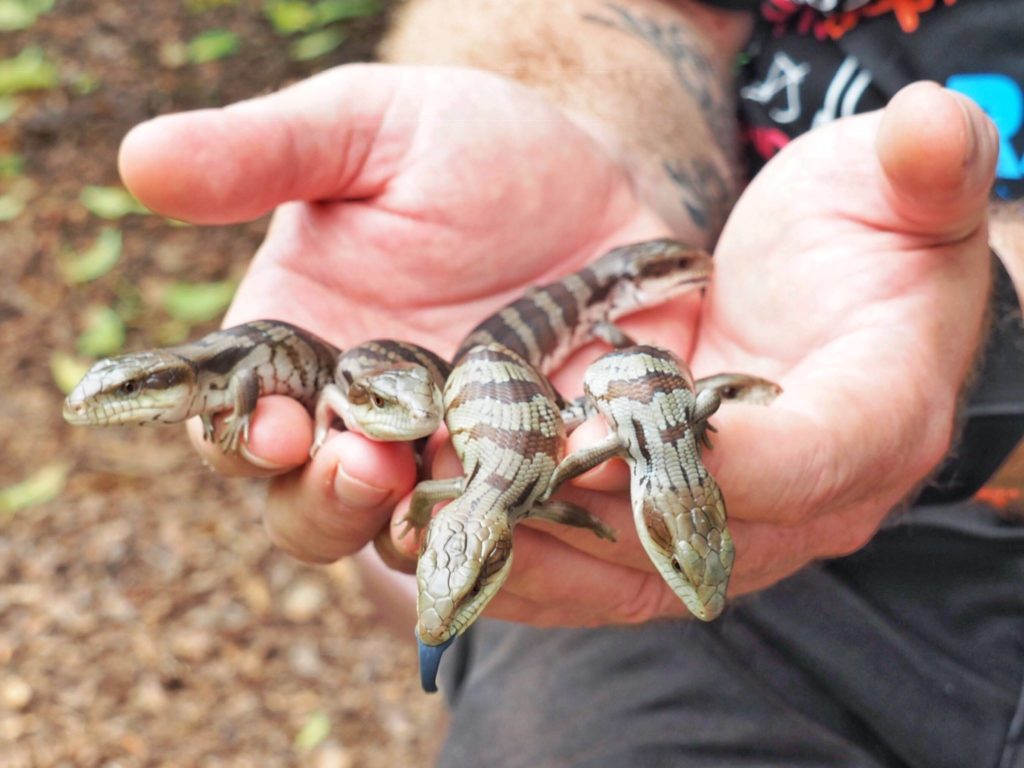
Leaving a shallow tray of water out in the garden will provide a reliable water source for them. Just ensure it is in a hidden, safe place for them and won't attract any unwanted attention from dogs or cats.
Placing large logs in your garden will also provide a scratching post for lizards as they shed their skin. Moulting is itchy and uncomfortable and can often leave lizards vulnerable.
If you find an injured or distressed lizard call Fauna Rescue and help save a life.
Our native wildlife is a precious and vital part of our Australian identity. Caring for and understanding the appropriate ways of helping nurture the health, longevity and survival of our furry and feathered friends is something we should all be educated in. You might just save a life or two along the way.






